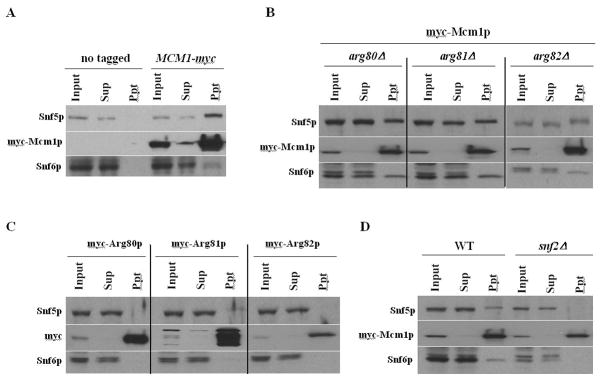Figure 4. Mcm1p interacts with the SWI/SNF complex and requires Snf2p subunit for its interaction.
(A) Non-tagged allele (BY4741) or myc-tagged MCM1 (SY337) were cultured. WCEs were immunoprecipitated with myc antibodies, as described in Materials and Methods. Ten percent of the input samples (Input), 100% of the immunoprecipitates (Ppt), and 10% of the supernatant (Sup) fractions were subjected to Western blot analysis using myc antibodies or rabbit polyclonal antibodies against Snf5p and Snf6p. (B) GCN4 strains containing arg80Δ MCM1-myc (SY366), arg81ΔMCM1-myc (SY372), and Arg82ΔMCM1-myc (SY367) were grown and subjected to co-immunoprecipitation with myc antibodies as described in Fig 4A. They were then subjected to Western blot analysis using antibodies against myc, Snf5p, and Snf6p. (C) GCN4 strains containing Arg80-myc (SY373), Arg81-myc (SY375), and Arg82-myc (SY377) were grown and subjected to co-immunoprecipitation with myc antibodies as described in Fig 4A. They were then subjected to Western blot analysis using myc antibodies to detect myc-Arg80p, myc-Arg81p, or myc-Arg81p. In addition, rabbit polyclonal antibodies against Snf5p and Snf6p were used for the analysis. (D) MCM1-myc (SY337) and snf2Δ MCM1-myc (SY358) strains were grown and subjected to co-immunoprecipitation with myc antibodies as described in Fig 4A. They were then subjected to Western blot analysis using antibodies against myc, Snf5p, and Snf6p.

